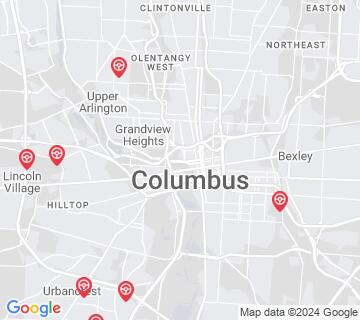Combination
All applicants who are applying for a Class A CDL should be prepared to take the Combination test. This test covers information found in Section 6 of the Texas Commercial Motor Vehicle Drivers Handbook. Section 6 provides the information needed to safely operate tractor-trailers, doubles, triples, and straight trucks with trailers. The test is made up of 20 multiple-choice questions, and applicants will need to correctly answer a minimum of 16 questions to pass. The Combination test is not a replacement for the Double/Triple endorsement test.
Number of Question
Passing Score
8. In a double or triple combination:
Explanation
When positioning trailers in a combination, the most heavily-loaded trailer should be the closest to the tractor. The lightest trailer should be positioned in the rear.
9. Before backing your tractor under the trailer, make sure your trailer brakes are:
Explanation
Correctly following the steps to couple and uncouple trailers is vital to safely operating a combination vehicle. Before backing your tractor under the trailer while coupling, make sure your trailer brakes are locked.
10. The best way to recognize that your trailer has begun to skid is by:
Explanation
The earliest and best way to recognize the beginnings of a trailer skid is by seeing the trailer veer off-course in your mirrors.
11. Having ABS on only one axle:
Explanation
Having an Anti-Lock Braking System (ABS) on only the trailer, or even on just one axle, will still provide a driver with additional control over the trailer when braking.
12. Pull out the trailer air supply control to test:
Explanation
Be sure to test the trailer emergency brakes before beginning a trip. After ensuring that the trailer rolls freely, you can test the emergency brakes by pulling out the trailer air supply control, or placing it in the "emergency" position. Pull forward slightly with the tractor and make sure the trailer does not move.
13. When backing a trailer, how should you turn the steering wheel?
Explanation
When backing with a trailer, turn the top of the steering wheel in the direction opposite of where you want to go. Once the trailer begins turning, you should then switch the direction of the steering wheel to follow the trailer.
14. After finishing a pre-trip inspection, you should:
Explanation


